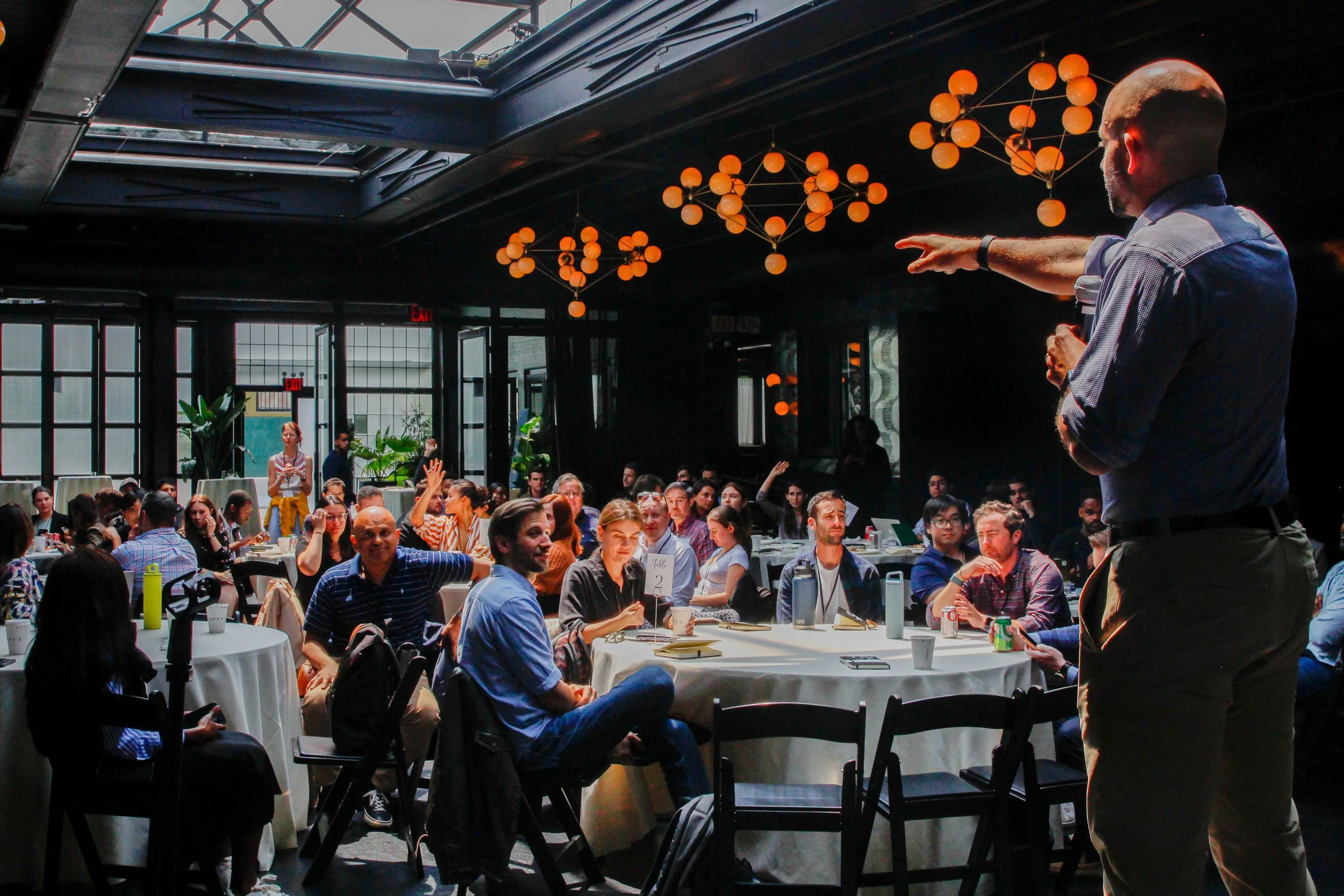This is Going to Be... Not on Substack
Almost 20 years ago, sometime after Fred Wilson started writing and just before Brad Feld jumped in, I started “blogging”.
I put that in quotes because no one really calls it blogging anymore and there aren’t even that many people still doing it from those days. A few went pro and most just moved on to other platforms, including Medium and Substack.
The promise of Medium was that, at least in theory, if you weren’t a frequent poster, you’d be joining a collective of great writers and your thoughts would have a much better shot of being “discovered” (going viral). Medium was the antidote to the infrequently updated and eventually abandoned blog. It even obfuscated the dates of when you posted, not only relieving you of the pressure of regular posting but enabling your post to be resurfaced without seeming stagnant.
Like all centralized media platforms given away for free, it came time to pay the piper and the paywalls started going up. Discoverability fell off when those who posted to the platform for free suddenly found themselves separated from their audience—an audience they largely built themselves by posting their Medium articles on Twitter and LinkedIn. Sure, some people found big audiences on the platform, but on these types of algorithmically driven platforms, attention is scarce at scale.
If you’re not super early and a highly frequent contributor, most people are simply moving their audience from place to place, losing a few folks along the way, gaining some others, but not feeling like audience growth is particularly turnkey without a lot of work.
That’s how Substack was for me—a letdown.
At one point I had a blog with a thriving RSS-based readership and a few thousand e-mail subs who were getting mailed my posts by Feedblitz as an afterthought. It was a kludgey solution that suddenly took center stage when RSS got abandoned and Google Reader went away.
I still had Twitter as a way to get my posts out there, but engagement with each individual post was falling off as Twitter grew. Regular readers that hadn’t subscribed by e-mail would miss posts. I wanted something that would put audience engagement back at the forefront and that looked more seamless.
I moved by Feedblitz readers to Substack (with, if I remember correctly, a short Mailchimp hack in between) and started posting over there, leaving my original blog at its own domain without a real purpose. Most people got it by Substack e-mail and that’s the social link that they posted.
Once again, however, it didn’t prove to be a great discoverability engine. Most new readers came from posts on other platforms. People were just reading Substack e-mails in their own inboxes as Substack was late to the integrated reading experience. There’s no advantage to reading a Substack post on Substack. It’s not in any way a better reading experience—and people don’t really care to comment much anyway as everyone knows internet comments are a great place to meet the worst people on the web.
What it left me was a site I couldn’t control—one that actually tried to stick a pseudo paywall between me and my readers, asking them what they would pay if I started charging—and with a watered-down opportunity to brand myself.
I realized that if I really want to maintain a relationship with my audience on my terms, I was better off doing it on my own site that I pay for—one that no one could attempt to monetize besides me.
These days, you’ll find me and my writing right back at ThisisGoingtoBeBig.com—updated with a new look and a little more information about what I’m up to. You won’t need to re-subscribe. I’ll move everyone over from Substack for my next post.
Feels like home—as if I never left.




